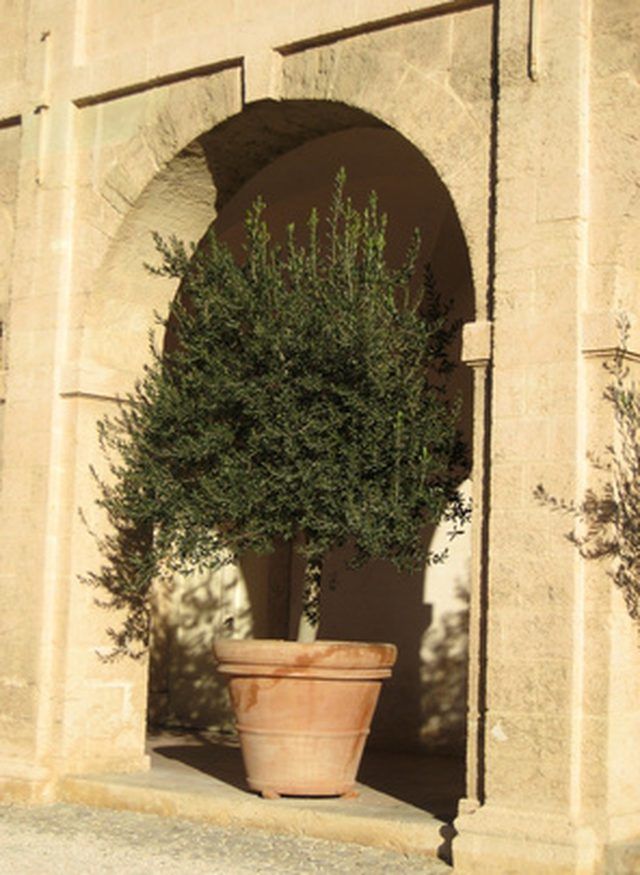Bulbs
Flower Basics
Flower Beds & Specialty Gardens
Flower Garden
Garden Furniture
Garden Gnomes
Garden Seeds
Garden Sheds
Garden Statues
Garden Tools & Supplies
Gardening Basics
Green & Organic
Groundcovers & Vines
Growing Annuals
Growing Basil
Growing Beans
Growing Berries
Growing Blueberries
Growing Cactus
Growing Corn
Growing Cotton
Growing Edibles
Growing Flowers
Growing Garlic
Growing Grapes
Growing Grass
Growing Herbs
Growing Jasmine
Growing Mint
Growing Mushrooms
Orchids
Growing Peanuts
Growing Perennials
Growing Plants
Growing Rosemary
Growing Roses
Growing Strawberries
Growing Sunflowers
Growing Thyme
Growing Tomatoes
Growing Tulips
Growing Vegetables
Herb Basics
Herb Garden
Indoor Growing
Landscaping Basics
Landscaping Patios
Landscaping Plants
Landscaping Shrubs
Landscaping Trees
Landscaping Walks & Pathways
Lawn Basics
Lawn Maintenance
Lawn Mowers
Lawn Ornaments
Lawn Planting
Lawn Tools
Outdoor Growing
Overall Landscape Planning
Pests, Weeds & Problems
Plant Basics
Rock Garden
Rose Garden
Shrubs
Soil
Specialty Gardens
Trees
Vegetable Garden
Yard Maintenance
How to Plant a Root Bound Tree
How to Plant a Root Bound Tree. Many trees ordered from garden centers and nurseries come in pots or similar containers, and these containers have both advantages and disadvantages. While pot or container planting makes caring for and transplanting a tree easier, it can also damage the plant’s roots. A tree is considered root bound when the...

Many trees ordered from garden centers and nurseries come in pots or similar containers, and these containers have both advantages and disadvantages. While pot or container planting makes caring for and transplanting a tree easier, it can also damage the plantís roots. A tree is considered root bound when the roots spiral around themselves and the root ball; this often happens as a result of roots growing in a circular container. Root bound trees often suffer from reduced water and nutrient intake and can die. To prevent this damage, trim the bound roots before planting.
Things You'll Need
Gardening knife or saw
Shovel
Remove the tree from its container or pot. The root bound tree will come out with its root ball in the shape of the container.
Measure one inch from the top of the root ball. Make a cut vertically down from the one-inch mark to the bottom of the root ball; the cut should be about one inch deep. This cut will allow for the roots to spread and get more water and nutrients.
Move ? of the way around the root ball and make the same cut. Continue until you have made at least three 1-inch cuts in the root ball.
Lay the tree down and cut an "X" pattern, one inch deep, on the bottom of the root ball. Like the other cuts, this "X" cut will allow the roots to break through and absorb more water and nutrients.
Dig a hole in your garden or landscape that is about two inches wider than the root ball and only about an inch deeper. Insert the tree so that the top most root is about a ? inch below the soil line.
Back fill the hole with soil; mix in organic material if recommended for your specific tree. Water the plant deeply so that the top 18 inches of soil are moist; this will encourage the roots to begin to spread out.
Tips & Warnings
If you have questions about planting or caring for your tree, consult a local garden center, nursery or extension service.
Even this type of cutting cannot guarantee that a root bound tree will live and thrive.